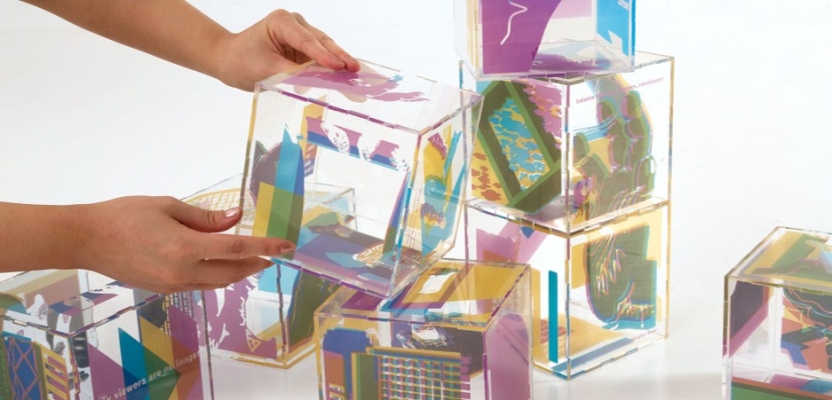Brands continue to defy expectations and grow their ad budgets, despite the unstable macroeconomic situation. In no area is this more true than CTV. Its meteoric growth does not look to be slowing anytime soon with spend set to reach £2.31 billion by 2026 – nearly double what it was in 2021.
With 94% of UK consumers now tuning in via CTV, the format offers an almost unparalleled opportunity for brands to reach audiences flexibly and effectively via the largest screen in the household. This reach has led to increasing competition for advertisers. On their TV alone, it is predicted that UK viewers saw 36 ads per day in 2021 – and this was prior to Disney+ and Netflix rolling out their ad-based tiers.
With 94% of viewers stating they would be less inclined to avoid TV ads if newer formats and experiences were presented to them, marketers must learn to navigate and utilise the creative CTV formats at their fingertips. Native ads – which appear within the home screen of smart TVs – are one such format, offering marketers the perfect creative canvas to grab viewer attention in a highly targeted way.
Creating a digital canvas

Advertisers embracing CTV have more than just the traditional 15 and 30 second ad slots to cut through this competitive market, and to harness the full potential of CTV they need to seek opportunities in every part of the user experience. This means not just limiting outreach to the short breaks mid-viewing.
Native ads open up a further avenue to capture audience attention and reach consumers before they even choose what to watch. From the moment a user turns on their CTV device, brands can take centre stage in one of the most immersive advertising environments.
There are two main native ad units available to marketers:
Halo Ads
These integrate into the home screen icons that launch a consumer’s apps and have the ability to expand to an eye-catching, yet non-invasive size when hovered over. They also facilitate a clickable call-to-action that takes the user directly to an app, website, video, or image, providing advertisers with additional measurement capabilities and success metrics, and reducing friction in the consumer journey.

By Isabel Greenfield
Carousel Ads
These hard-to-miss units sit in the top half of a viewer’s screen. Brands can purchase either one or a number of rotating slots, or alternatively a roadblock to guarantee their promotion won’t be missed by audiences. The carousel ad unit can be either in a static image banner, video, or video with a companion banner format, opening up a wide range of creative possibilities.
For media and entertainment brands in particular, these ads offer a highly interactive way for viewers to discover new content and apps available to download. Click-to-watch previews, for example, can help draw in viewers directly. These units can provide all brands with the opportunity to engage users as soon as they turn on their TVs.
Right place, right time, right message

Engaging consumers is more than just placement – attention needs to be grabbed by creative that is highly relevant and personalised to a viewer. The power of contextual targeting has been growing online as third-party data targeting has been phased out, and advertisers can harness the enhanced ads available on CTV to create this more personalised ad experience.
CTV enables marketers to take contextually relevant advertising a step further. Dynamic ad units on home screens can be set to display custom messaging relating to specific triggers, reacting to a change in the weather, time of day, sporting results, or even location.
A cafe chain, for example, could run creative focussing on its soup range on cold days or its fresh juice range on hot days. Alternatively, it could display campaign creative referring to its coffee blend in the morning and messaging related to its sandwiches at lunchtime.
By tying these triggers closely to campaign strategy, brands can ensure this increased contextual relevance maximises the impact of their ad spend.
Bringing the screen to life

Grabbing audience attention is one thing, but for creative to be truly impactful it needs to help users take the next step towards purchasing. Shoppable CTV ads can harness QR codes to help drive this journey. As part of a wider, engaging visual, they can be used to take consumers to a brand’s choice of digital destination — whether that be an online store, email sign-up or app download — using one of two deployment methods.
The first is a static QR code. This fixed code links to a specific page and while it can be scanned multiple times, it cannot be tracked. These are useful for situations where a link is unlikely to need to change and helps support evergreen advertising content. The second application is dynamic QR codes. These allow marketers to change the destination that viewers are diverted to, without changing the code.
Shoppable ads can also provide a wealth of first-party data on a range of consumer behaviour, including website visits, the use of discount codes, purchases, and other conversion metrics that can be harnessed to fine-tune campaigns to be even more effective.
With native, shoppable, and enhanced ad units, the creative potential to reach consumers on the biggest screen in the household is endless. Thanks to the rapidly developing and engaging ad units, there are increasing opportunities in CTV for brands to reach target consumers in a variety of highly impactful ways, making investment in the medium effective and maximising the potential of marketers' ad budgets.
By Edward Wale, VP Europe, LG Ad Solutions




